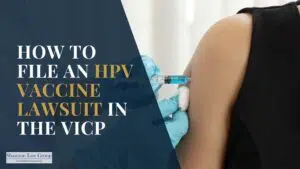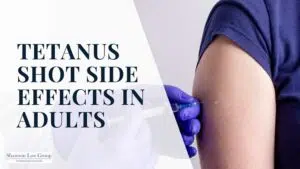
September 28, 1992. If it can be traced back to a single day, that is the day claims handling across the property and casualty insurance industry changed forever.
That is the day a group of high-powered business consultants made their initial presentation to Allstate executives. They proposed a concept to redesign Allstate’s entire claims handling process and rapidly increase profits and shareholder value in the process.
The Birth of the “Claims Core Process Redesign”
The term “Claims Core Process Redesign” was adopted by Allstate and applied to its claims practices. While it may seem like ancient history, policyholders are still feeling the effects of the sweeping changes Allstate and other insurance companies made to claims practices nearly 30 years ago.
This broad claim underpayment scheme helped Allstate’s profits skyrocket and came to serve as a model in the industry with respect to adjusting and handling claims. The concepts Allstate implemented became the prevailing way of doing business for many of the top insurance companies.
In fact, documents uncovered in litigation against Allstate revealed that the goal of the claims handling revamp was to “redefine the game” and “radically alter our whole approach to the business of claims.”
Very simply, the plan was to systematically undervalue claims across the board in order to increase the insurance company’s bottom line. This would be accomplished by utilizing a new computer program for valuing claims.
Allstate also practiced a new approach for negotiating claims that generally involved making a lowball offer. If the offer was not accepted, they would delay the claim as long as possible, hoping to frustrate claimants into giving up. Ultimately, this plan was a resounding success for insurance companies but had devastating effects on policyholders.
Putting profits before policyholders
The purpose of this plan was to line the pockets of the insurance companies’ investors and top executives. Sidestepping the insurer’s traditional position of public faith and trust, the industry placed the interests of its shareholders first, leaving its policyholders out in the cold one-by-one until it added up to billions of dollars in profits for insurers.
Indeed, in the decade before these changes were implemented, Allstate’s total pre-tax operating income was $820 million, an average of $82 million per year. Between the time Allstate fully implemented McKinsey’s new process in 1996 and 2006, Allstate’s total pre-tax operating income jumped to $27.4 billion, with an average of almost $2.5 billion per year in pre-tax operating income.
Allstate wasn’t alone in successfully lining its pockets using these same tactics. State Farm also hired McKinsey in the mid-1990s. In the 10 years after deploying these strategies, State Farm saw its profits more than double to $5.4 billion in 2007. Since 1998, State Farm’s net worth has more than tripled, going from just $37.6 billion in 1998 to $116.2 billion in 2019.
As insurance industry revenues continue to rise, policyholder premiums continue to rise right along with them. Insurance companies continue to underpay and delay claims.
Since 2009, the amount of total premiums taken in by U.S. insurance companies has more than doubled, increasing by over $840 billion over that time to $2.47 trillion in total premiums in 2018. After paying out claims, industry net premiums now total well over $1 trillion on an annual basis.
Schedule Your Free Consultation Today



